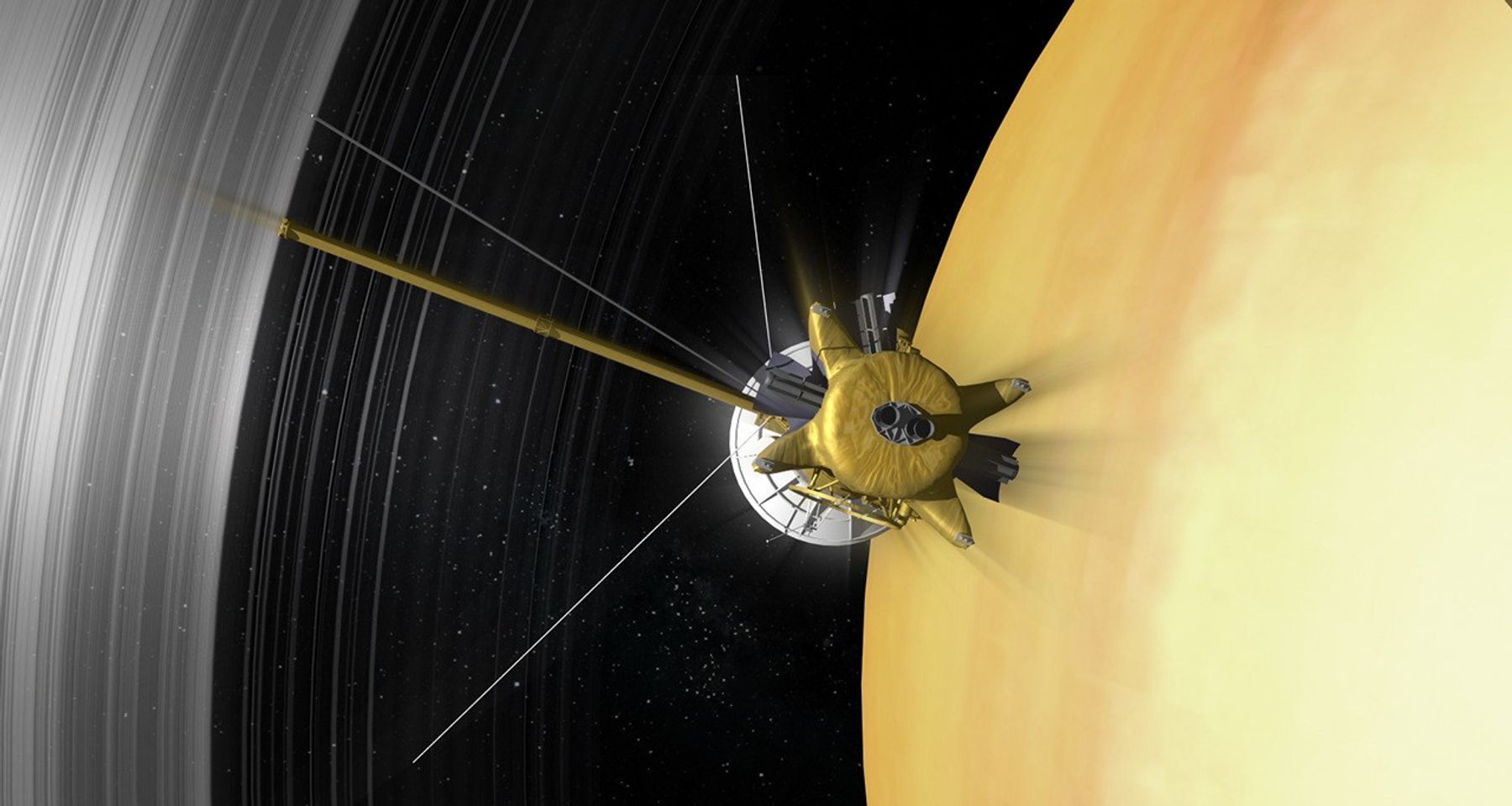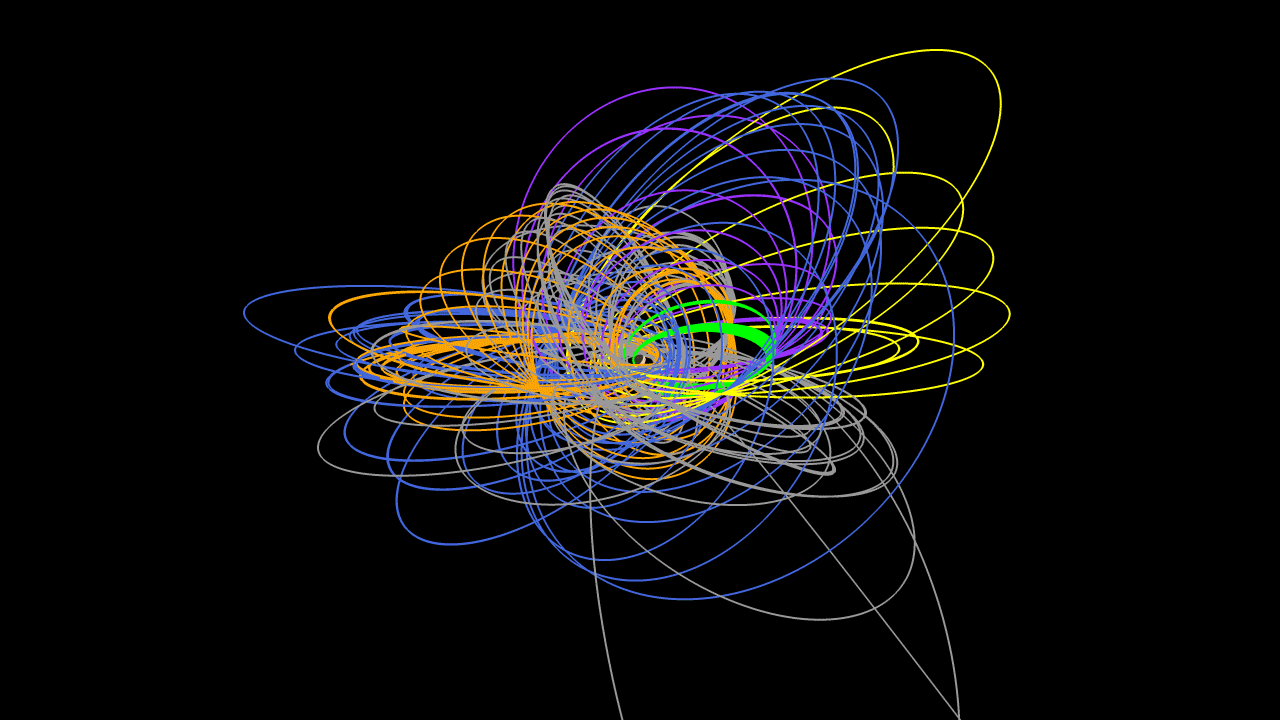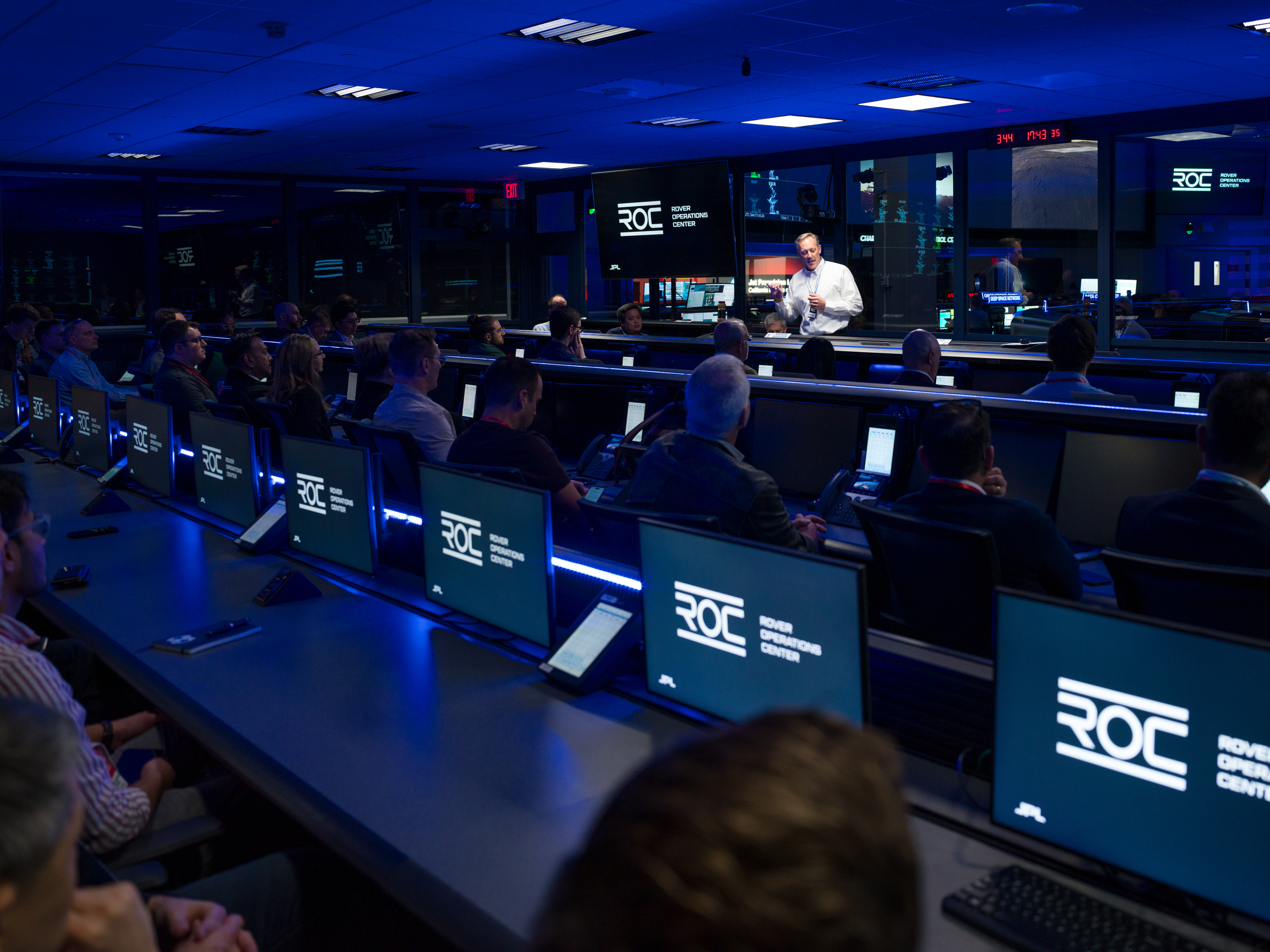“Speed is a useless concept unless it’s relative to something,” said Dave Doody, real-time operations team leader for NASA's Cassini mission to Saturn.
From asteroids to antelopes, every bit of matter that moves has speed. But none of the stuff zipping through the universe has an absolute, or inherent speed. Instead, every object’s speed must be described relative to some other object.
But because we could measure an object’s speed relative to anything in the universe, we must choose a specific thing against which to measure a given object’s rate of motion.
Humans measure an automobile’s speed, for example, relative to the road over which it travels, while we measure an aircraft’s speed relative to both the land it flies over and the air it flies through (called groundspeed and airspeed, respectively).
And when a whale in the ocean breaks the briny surface and exhales, the speed of the expelled air can be measured relative to the blowhole through which it blasts. Similarly, the whale swimming through the ocean, the ocean currents flowing across the Earth, our planet’s orbital motion around the sun, the sun orbiting the center of our galaxy, and even the motion of our galaxy relative to other galaxies can all be measured, but only relative to other objects.
In April, Cassini will dive through the gap between Saturn and its innnermost ring at nearly 76,000 miles per hour (about 122,000 kilometers per hour) relative to Saturn’s center, and about 68,000 miles per hour (about 110,000 kilometers per hour) relative to Saturn’s cloud-tops. At that speed you could travel from New York City to Los Angeles in less than three minutes, and it would take just over an hour to travel three times around the Earth at the equator.
When operating Cassini, the mission team primarily considers two speeds: the spacecraft’s speed relative to Saturn, and relative to Earth.
Cassini’s speed relative to Saturn depends primarily on where the spacecraft is in its elliptical orbit. When Cassini is nearer to Saturn, the spacecraft’s speed relative to Saturn is faster than when it is farther away.
Cassini’s speed relative to Earth depends upon the motions of both the spacecraft and our planet. For half of each elliptical orbit around Saturn, some aspect of the spacecraft’s motion is usually toward Earth along the line of sight, and for half each orbit it’s away. But Earth also moves around the sun. For half of each Earth year (one solar orbit) our planet moves toward Saturn, and during the other half of the year our planet moves farther away.
So, for example, if Earth is in the segment of its orbit in which we’re moving toward Saturn, and Cassini is in a part of its orbit in which it’s moving toward Earth, the speed of Cassini relative to Earth is higher than if Earth and Cassini are traveling approximately parallel to one another.
Today, Jan. 19, at least between 11 a.m. and noon (PST), Cassini was traveling about 88,000 miles per hour (about 141,600 kilometers per hour) relative to Earth’s center, but only about 6,100 miles per hour (9,800 kilometers per hour) relative to Saturn’s center.
In April, Cassini begins its Grand Finale, in which the spacecraft flies 22 times through the space between Saturn’s inner rings and upper atmosphere. When Cassini passes through Saturn’s ring plane on the first of those orbits, the spacecraft will be traveling nearly 76,000 miles per hour (about 122,000 kilometers per hour) relative to Saturn’s center, and about 68,000 miles per hour (about 110,000 kilometers per hour) relative to Saturn’s cloud-tops. Relative to the ring particles that Cassini passes nearest, the spacecraft’s speed will be about 70,000 miles per hour (nearly 113,000 kilometers per hour). At that speed you could travel from New York City to Los Angeles in less than three minutes, and it would take just over an hour to travel three times around the Earth at the equator.
Cassini’s different relative speeds are not, however, merely a fascinating thought experiment. The different speeds are concrete and essential to spaceflight, and different people are interested in a spacecraft’s relative speeds for different reasons at different times.
When Cassini launched in 1997 bound for Saturn, the mission's navigators were most concerned with Cassini’s speed relative to Earth. Too slow and it wouldn’t have escaped Earth’s gravity. Too fast and it might have been off target for its flybys of Venus, Earth and Jupiter, which provided the gravity assists necessary to get the spacecraft to its destination.
Cassini’s speed relative to Earth is a critical measurement for the navigation team, who maintain a precise model of the spacecraft’s orbit. It also remains important to the mission’s communication team. As Cassini’s speed relative to Earth changes, radio signals between Earth and the spacecraft shift in frequency due to the Doppler Effect.
“NASA’s Deep Space Network gets adjusted for those speeds,” Doody said. “So when the signal gets to the spacecraft, Cassini thinks it’s just a normal, steady signal, not from a moving, spinning Earth.”
If engineers didn’t know Cassini’s changing speed relative to Earth, then the spacecraft and the Deep Space Network would communicate about as effectively as a human trying to hear the ultrasonic calls of a bat, or the infrasonic sounds elephants produce. (Both of those are outside the range of human hearing.) Then scientists on Earth wouldn’t receive any scientific data, and the spacecraft wouldn’t receive any commands.
The Doppler shift in Cassini’s signal also affects radio science experiments. The radio science team must subtract that effect from the Doppler shift they detect when performing gravity measurements of Saturn and its moons. But they can only subtract the effect if they know Cassini’s speed relative to Earth.
In the nearly 13 years Cassini has orbited Saturn, the mission's engineers also have considered the spacecraft’s speed relative to other objects in the Saturn system.
Cassini scientists are generally most interested in the spacecraft’s speed relative to scientific targets. If one of the spacecraft’s cameras were trying to capture an image of a moon while Cassini was moving too fast relative to that moon, then the image could turn out blurry. Or if Cassini’s speed is different than it’s supposed to be, the moon could be out of frame all together.
Sometimes, the Cassini team is most interested in the spacecraft’s speed relative to what it’s near, such as Saturn’s largest moon, Titan. “If we’re flying by Titan it makes more sense to talk about speed relative to Titan,” Doody said. That’s because Cassini uses Titan’s gravity like a pivot point for the spacecraft’s biggest trajectory changes. A single close flyby of Titan can provide Cassini with a change in velocity roughly equal to a third of the total propellant the spacecraft had at launch. Since Cassini began orbiting Saturn in 2004, the spacecraft has flown by Titan more than 100 times. If Cassini approaches Titan at the wrong speed, then the spacecraft could end up going the wrong way. Cassini’s navigation team is responsible for making sure that doesn’t happen, and they use several relative speeds.
Foremost, navigators use the Doppler shift of radio signals to determine the spacecraft’s speed, and they use the signal’s timing to measure its distance. “If you’re a navigator, you also take into account the speed that Earth’s continents are drifting apart,” Doody said. The enormous radio antennas of NASA’s Deep Space Network that communicate with spacecraft are on Earth’s surface, but the Earth is spinning, and the positions of the antennas move slightly over time as the continents migrate. Navigators even factor in light pressure, which is the miniscule push from photons striking the spacecraft.
Cassini’s speeds relative to Saturn, its rings and moons, and even relative to individual radio antennas sitting on the surface of our spinning Earth are all important. Only by calculating those relative speeds accurately have the mission’s engineers and scientists been able to collect the data that has changed human understanding of the Saturn system and our solar system.

































